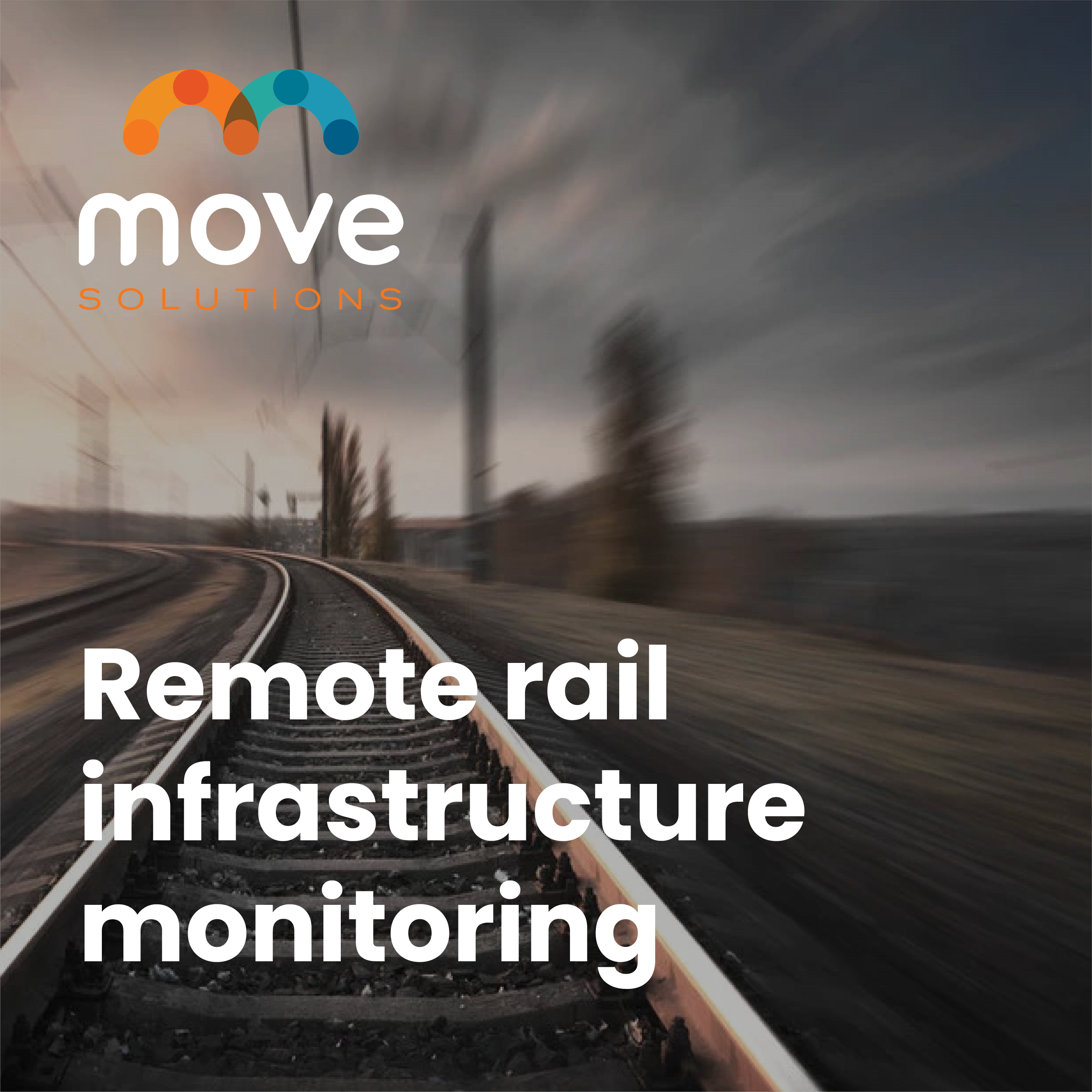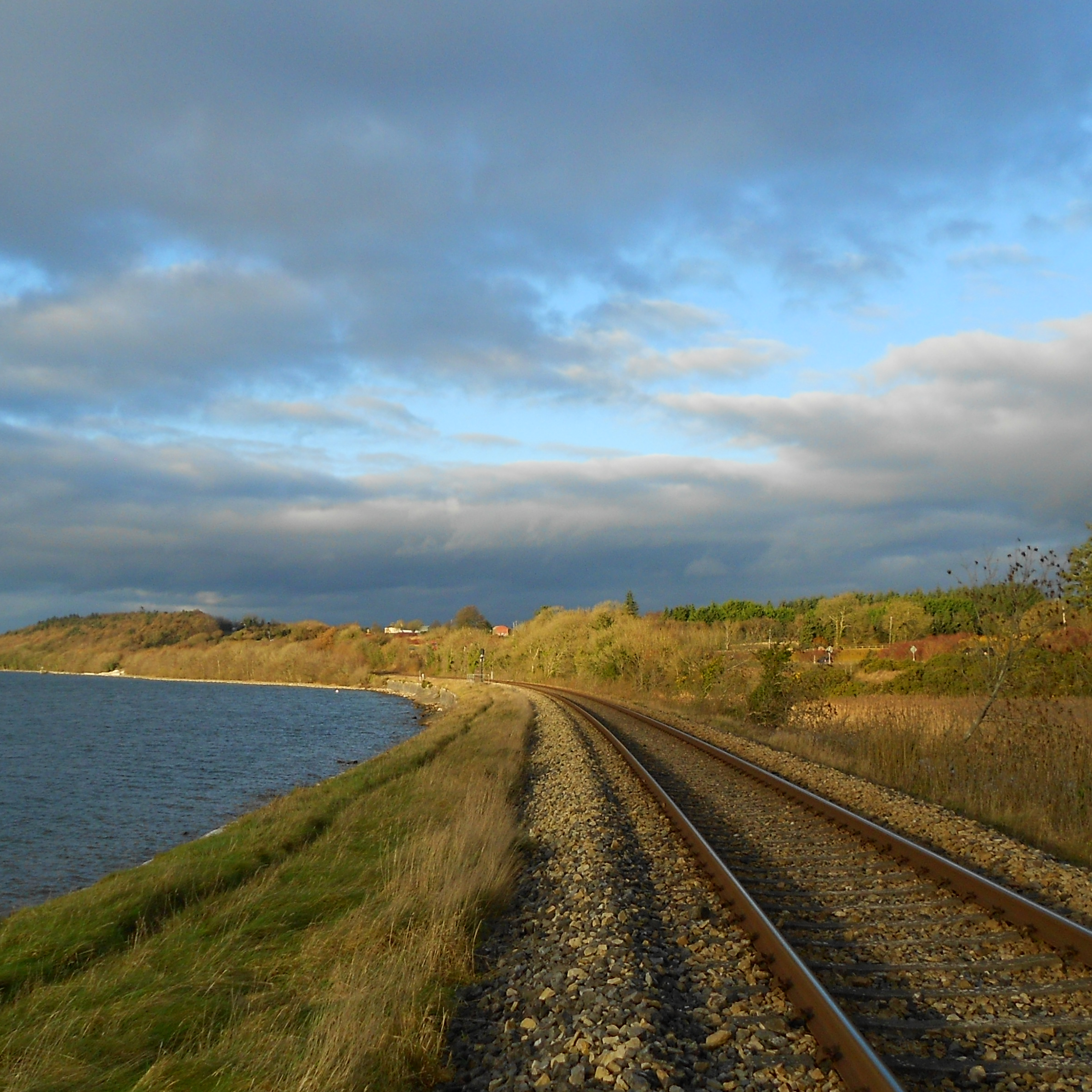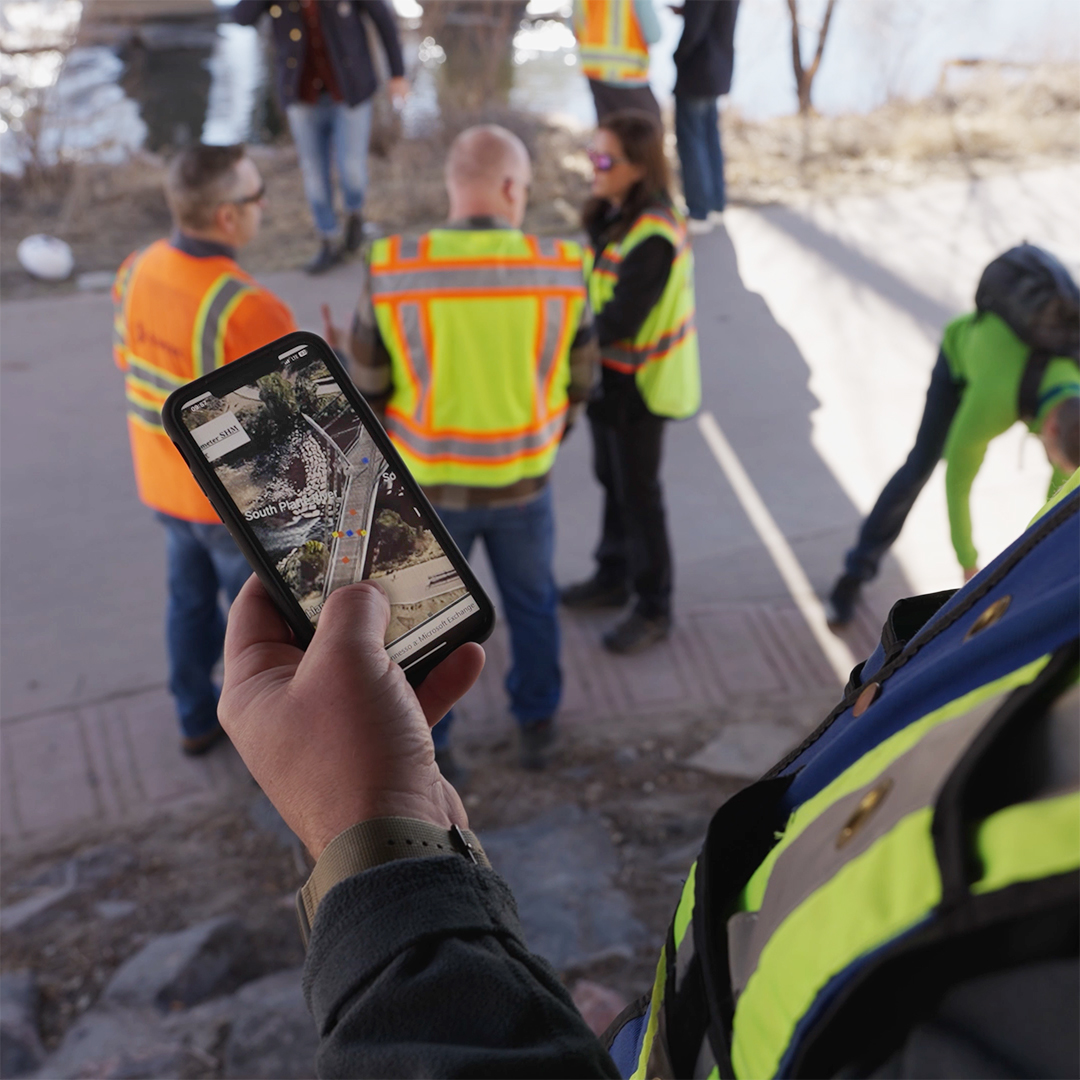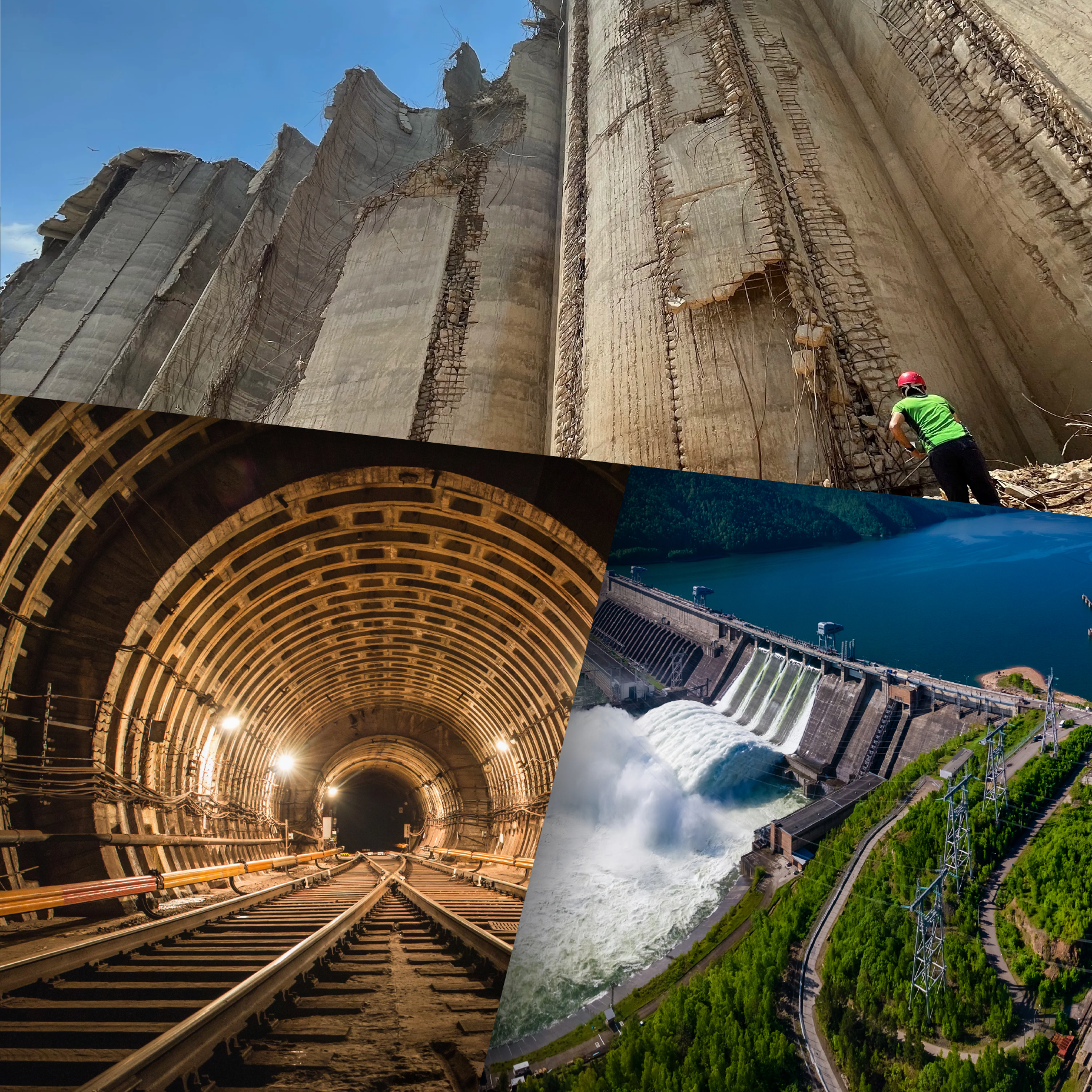Remote rail infrastructure monitoring
Within all industries, there is a constant drive to create better efficiencies, reduce health and safety risks whilst maintaining if not increasing the quality of output. This is certainly true with regards to infrastructure monitoring and without question the area that we are asked more questions about than any other is the monitoring of rail infrastructure.
With regards specifically to the monitoring of the rail tracks, the adoption of sensor-based monitoring to reduce the number of boots on ballast, the risk of instrument theft, repair and maintenance costs and the enablement of remote monitoring has been met with a mixed response.
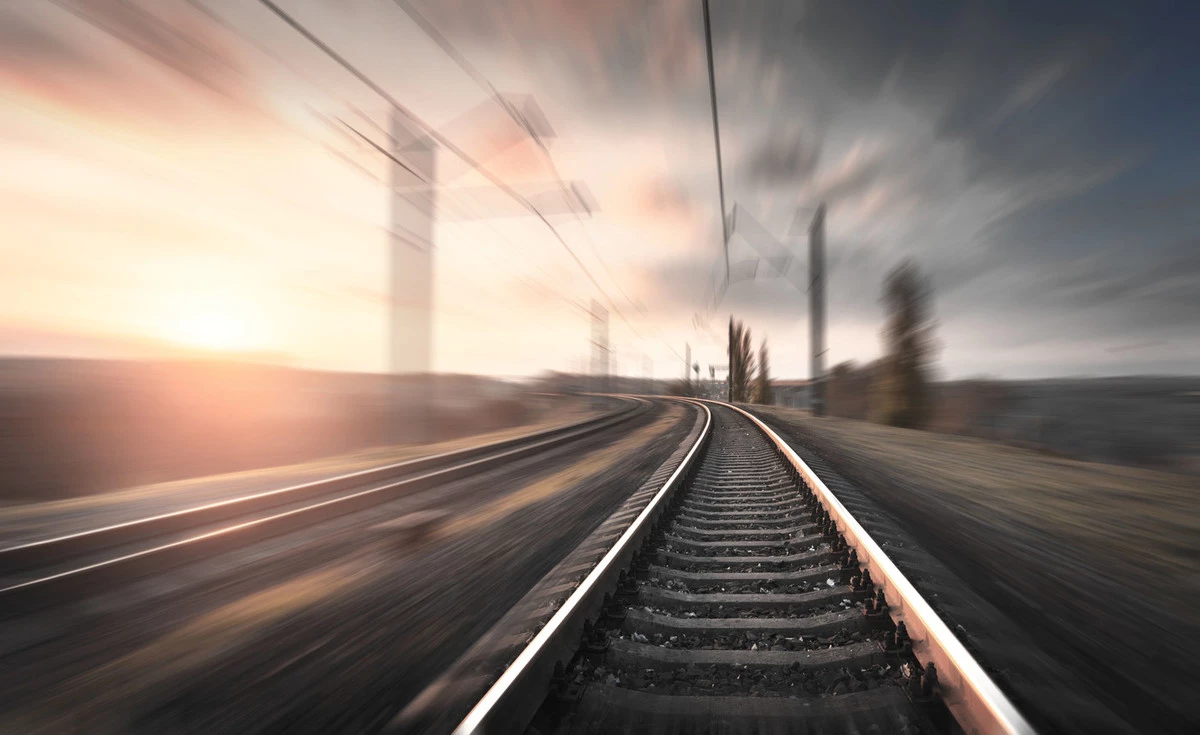
There has been a significant number of tiltmeters deployed to monitor the pitch and cant of tracks, but we continue to hear the same question over and over again relating to this. ”Are we able to accurately monitor the tracking behavior or are we simply monitoring the sleeper the sensors are attached to, which may not relate directly to the movement of the tracks themselves?“
The truth is, if we are simply mounting tiltmeters onto the sleepers, then we have a limited ability to accurately measure the behavior of the tracks they are attached to. This is due to the design of the relationship between the sleeper and the tracks that intentionally allows for a degree of independent movement.
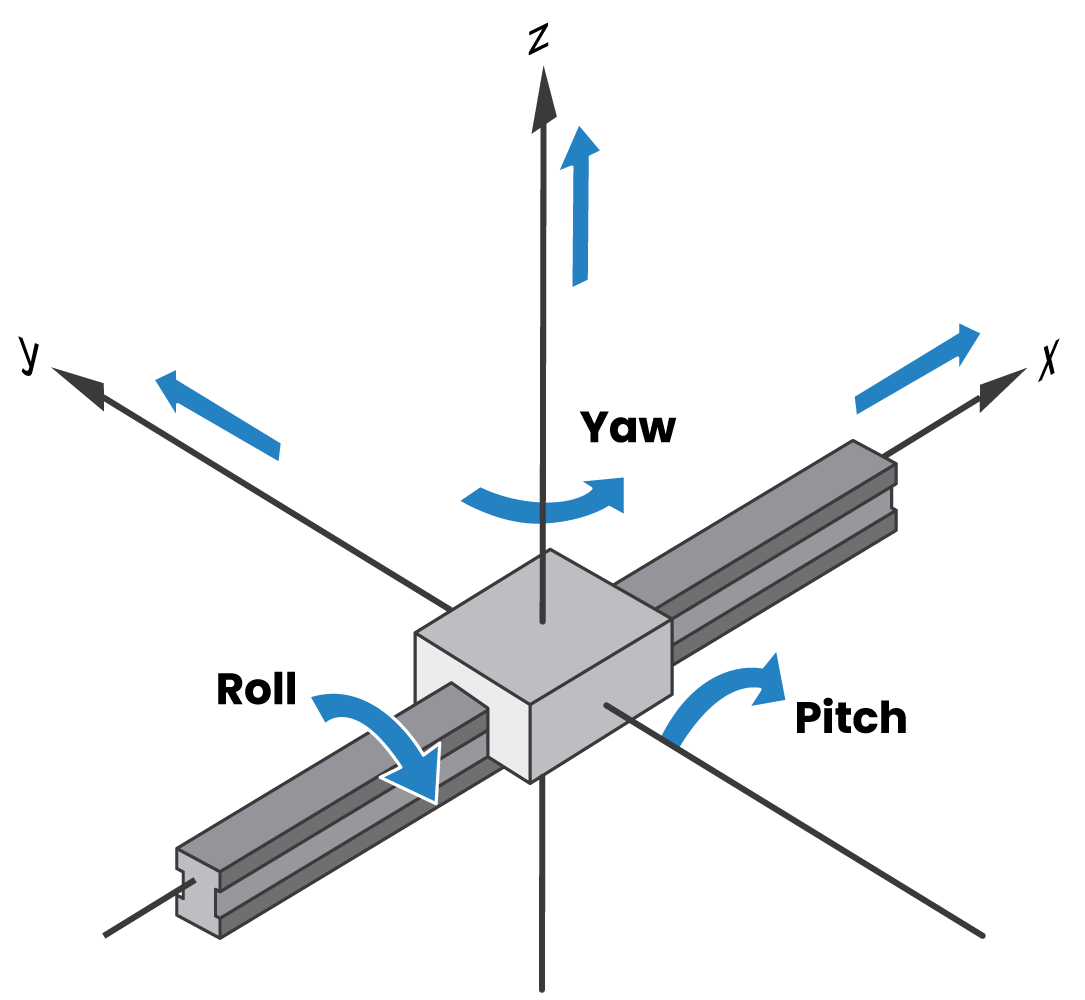
The sensor installed directly onto the sleeper may experience both pitch and roll without this being directly translated to the position of the tracks connected. Equally lateral movement in the Y-axis or rotation in the Z-axis may also relate solely to the sleeper and not to the attached tracks.
Monitoring the behaviour of individual sleepers is not enough to keep us informed of the behaviour of the track and if the track is safe to operate.
As Move Solutions ethos is to focus on providing monitoring systems that provide reliable and dependable data, their ability to integrate data from multiple sensors and present this data in a visual format, via their Cloud Platform, enables data from multiple sensors located on the railway to be compared, observing the behaviour of a length of rail as a whole, instead of multiple disconnected sensor measurements.
Move Solutions has moved to create a complete monitoring package, from the sensors to the processed data on the Move Cloud Platform, to keep the parameters of the railway track under control.
The combination of these sensors can effectively monitor the following geometric parameters, such as:
- Cant – Cross-level
- Twist
- Vertical Deflection
- Ballast Void
Twist
The configuration with skewed lines of the track can be desired when it is a construction skew and it is a geometric characteristic of the track. In other cases, it is caused by an alteration in the design and constitutes a track defect. The skew is the algebraic difference between two transversal levels taken separately at a predefined distance, usually expressed as a gradient between the two measurement points. It can also be expressed as a ratio (% or mm/m).
The use of Tilt-beams of different lengths, 1, 2, 3 m (and multiples), allows obtaining this fundamental parameter. The twist is the most delicate thing for the stability of the vehicle-track coupling, often the cause of the vehicle’s deviation from the track.

Cant – Cross-level
The transversal level is defined as the transversal slope of the track expressed as the difference in height between the two rails measured normally to the track. The use of the Tiltmeters, positioned on the sleeper, permits to get the measurement of the difference in elevation of the tracks using the tool and to monitor its trend over time.

Vertical Deflection
The vertical plane mainly bears the load of the tracks, therefore the differences in the deviations – Vertical Arrows – must be calculated respect to the heights of the theoretical vertical arrows. The Tilt-beams allow, if placed in a chain, to monitor not only the skew but also the vertical displacement of the track and reconstruct its spatial trend with a broken line.

Better still, Move Solutions self configuration track tool on the Cloud Platform, allows you to build an accurate model of the length of rail being monitored which in turns drives the calculations and algorithms within the Platform.
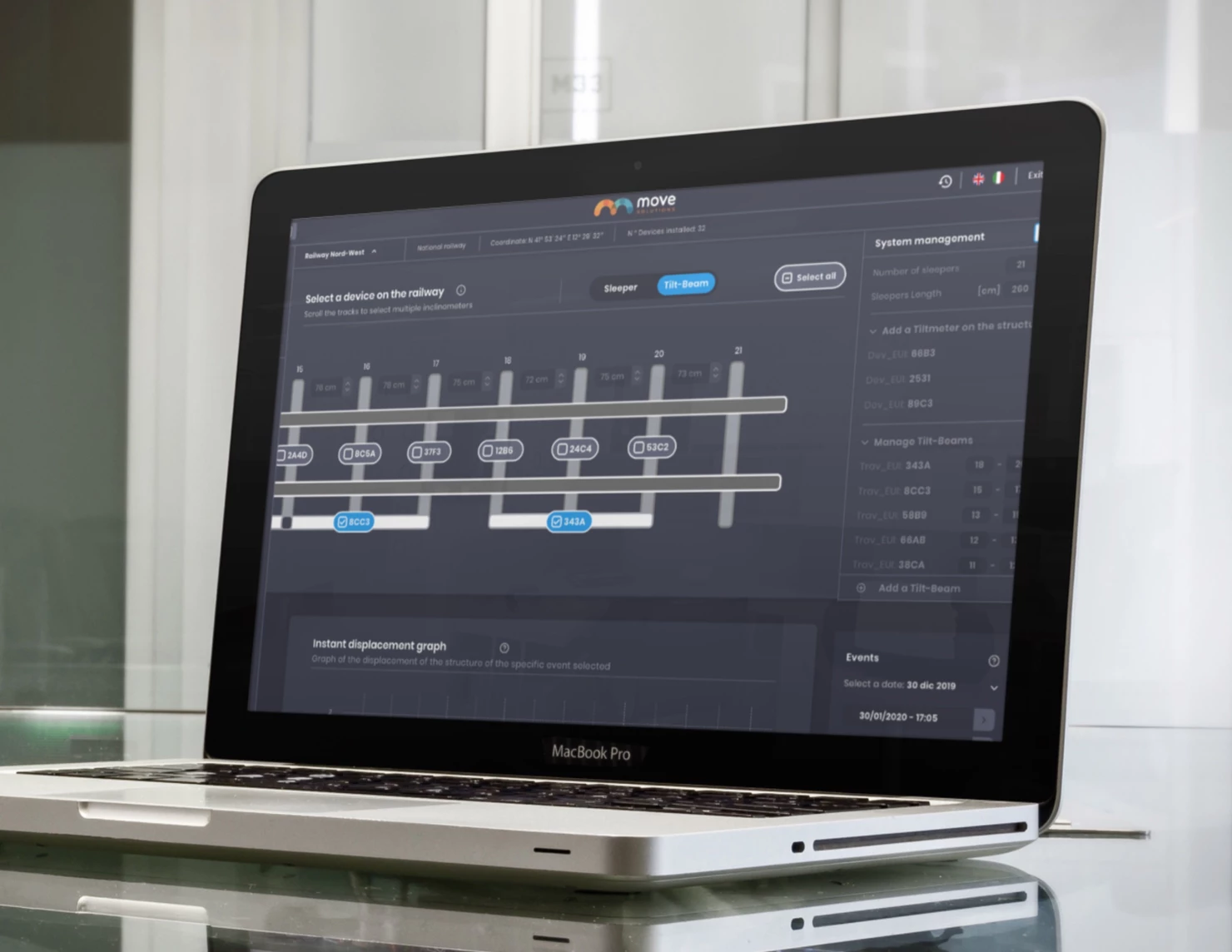
The document available to download below provides an overview as to how Move Solutions achieve this.
Earlier in 2021 Move Solutions founder and COO Ferdinando Frediani hosted a webinar discussing the importance of rail monitoring and how Move Solutions system can be adopted to deliver this.
One of the most exciting applications for Move Solutions patented Deck sensor is for monitoring the development of ballast voids below the sleepers. The Deck sensors measure the vibrational displacement of the structure the sensor is attached to and report this in mm (accurate to 0.01mm). As detailed in the document downloadable above “The use of Deck allows to directly monitor the amplitude of oscillation of the sleeper as the train passes and its trend over time and to correlate its variation to the deterioration of the Ballast in which they are drowned.”
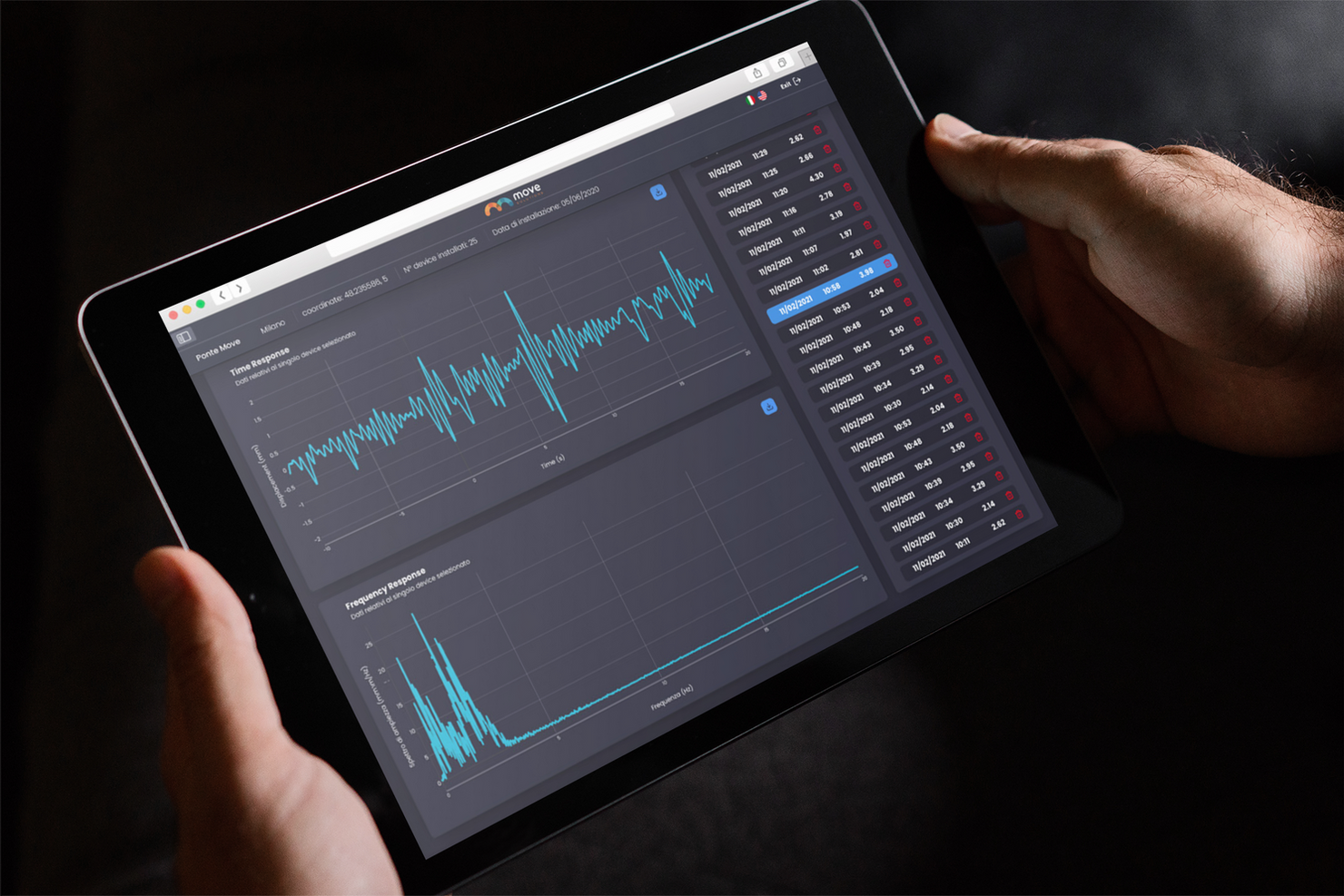
However, the stated “Holy Grail“ of sensor-based track monitoring is to be able to accurately measure the slew of the rail. As yet there is no sensor-based solution to this and it continues to be the most challenging behavior of the rail that is critical to the understanding of the lines safe operation.
As an alternative to using periodic total station measurements to targets placed on and around the track, we have witnessed laser distance meters being installed on sleepers to measure their position in relation to a reference point on nearby structures. Often these reference points are on tunnel walls or adjacent embankments. As with data acquired by tiltmeters installed on individual sleepers, the reliability of these laser distance meters for this application has to be questioned. As we cannot be sure that a lateral movement of a sleeper is directly related to a lateral movement of the rail, we equally cannot be sure exactly what the laser distance meter is measuring, as any rotation of the sleeper around the Z-axis or roll around the X-axis would change the point of reference the laser is aiming at and therefore would change distance measured.
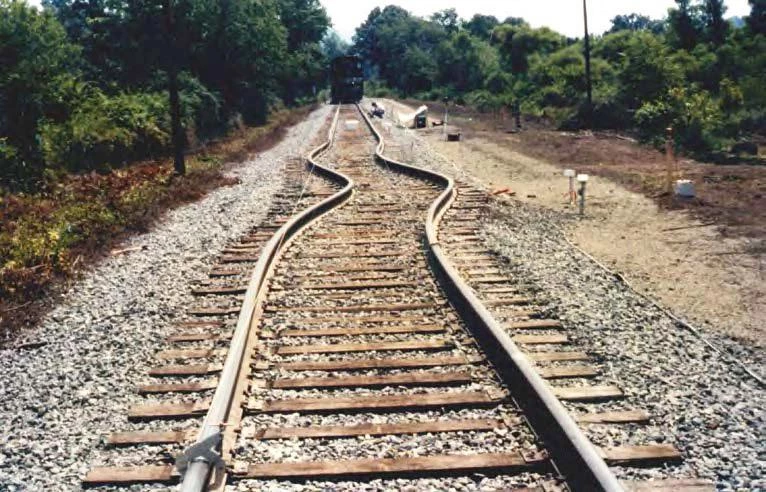
With the enormous costs associated with rail infrastructure management, maintenance and monitoring, the reliability, accuracy and dependability of structural health monitoring systems adopted for this market is absolutely essential to the safe ongoing operation of the lines, the health and safety of the engineers and the ability to take well informed, early actions when lines become unsafe or present accelerated change towards being so.
For off-grid power systems, installation accessories and integrated sensors to support your adoption of Move Solutions structural health monitoring system please get in touch.
Info contact: info@movesolutions.it
Credits by: Toby Cottam, UK Sales Director


